It’s finally acceptable to use the B-word in public without getting dirty looks. In recent weeks, it’s become obvious a bubble now exists in equity markets. Not a broad-based one, but a significant bubble nonetheless.
Where is it? The most obvious pocket is in EV (electric vehicle)-related SPACs (blank check companies that, historically, have had a tendency to acquire third-rate businesses at inflated prices. Today, investors have the opportunity to purchase shares in these at significant premiums to those inflated prices). This is speculation-squared and it’s one of the most intense frenzies I’ve observed in my career. While EV SPACs are the poster-child, froth is also apparent among SPACs more broadly, as well as certain pockets of Tech, and trendy (e.g. plant-based) food.
You may wonder how significant EV SPACs could really be. By my calculation, there are at least 15 such companies currently trading for a combined, pro-forma enterprise value of over $95 billion. What kind of sales are these 15 companies expected to generate in 2020? Not quite $400 million (that’s an almost 250x sales multiple. Of course, combined earnings are quite negative). A number of EV SPACs have close to zero sales expected for 2020 and are publicly projecting billions in sales within five or so years. Easy!
Two other related observations of events from last week — suggesting to me we are in the later innings of the craziness:
ARKK, one of the most aggressive/speculative ETFs (with heavy EV exposure via Tesla) set both trading volume and inflow records (graphics at the end of this post), and
Beginning last Thursday (Dec 10) evening, there was an incredible ~12-hour bonanza during which five SPAC IPOs priced (a record) and four existing SPACs announced EV acquisitions (has to be a record).
If I could sum it all up with a unifying theme: there is a pervasive sense that legitimately "easy money" can be made today — in SPACs, EV stocks, call options, etc. “Do you like accounting or making money?” one social media-famous speculator recently quipped.
Now that the horse has been beaten, how does one prepare for and navigate this environment? For years I have contemplated the best course of action should such an environment re-emerge. The prospect of managing a long/short strategy through a period similar to 1999 scared me. Today’s froth is far more targeted, but I think similar lessons and conclusions apply:
A higher cash allocation may very well be preferable to elevated short exposure
“Do nothing” with regards to existing longs is the default more than ever
Modest gross exposure is generally better
Be extremely careful shorting “bubble” stocks
General bias towards “Tactical”/traditional value stocks on the long side
Upslope’s portfolio has been adjusted mostly according to the above in recent weeks (lower gross, eliminating lower conviction shorts, patience with and bias towards Tactical longs) — with one notable exception. There is a theoretical but important difference between today and 1999. I’m not alone in observing that market regimes in recent years have been unusually short and violent (flash ‘bear’ markets in Dec 2018 + Mar 2020 and the Bitcoin/blockchain-mania of late 2017 are obvious examples, among others). The EV and general SPAC craze has certainly been fast and violent thus far (thinking of the past few months). In my view, it would hardly be shocking to see the current, more isolated bubble be much shorter-lived than the period surrounding '99. I realize this fits nicely with my generally skeptical and often-cranky-about-growth-stocks priors, and am keeping an open mind. But, if the observation is correct, it means the best opportunities on the short side are already here.
What does this mean in terms of our “framework” above? It means we are indeed taking shots at EV and other SPACs (mostly non-EV as of today) on the short side. Sizing is extremely small (each about ~1/4 the size of our usual shorts), but we have a lot of them. Quite a few look like dreaded “valuation shorts.” However, my view is that they are also likely to be lousy, commoditized, and in some cases fraudy businesses. I tend to care about hard catalysts less than most short-sellers and am comfortable sitting on shorts of third-rate businesses with flawed financial models for longer periods of time. This ‘basket’ of shorts is consistent with such an approach. Nonetheless, this is by no means a holy war and I will have no shame cutting and running (as always). There is no shortage of casualties/war stories from the late 90s.
That's it for now.
-- George --
ARKK Flows and Volume [Bottom Panels]
Source: @cfromhertz
https://twitter.com/cfromhertz/status/1337380138942668800?s=20
ARKK Top 10 Holdings
Source: ark-funds.com



